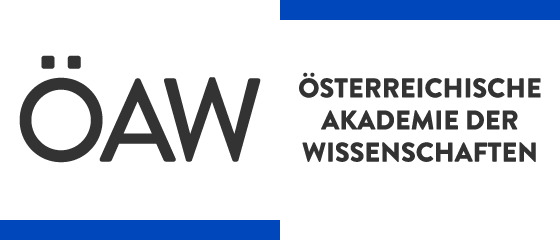Sustaining Faith Traditions : : Race, Ethnicity, and Religion among the Latino and Asian American Second Generation / / ed. by Russell Jeung, Carolyn Chen.
Over fifty years ago, Will Herberg theorized that future immigrants to the United States would no longer identify themselves through their races or ethnicities, or through the languages and cultures of their home countries. Rather, modern immigrants would base their identities on their religions.The...
Saved in:
| Superior document: | Title is part of eBook package: De Gruyter New York University Press Backlist eBook-Package 2000-2013 |
|---|---|
| MitwirkendeR: | |
| HerausgeberIn: | |
| Place / Publishing House: | New York, NY : : New York University Press, , [2012] ©2012 |
| Year of Publication: | 2012 |
| Language: | English |
| Online Access: | |
| Physical Description: | 1 online resource |
| Tags: |
Add Tag
No Tags, Be the first to tag this record!
|
| Other title: | Frontmatter -- Contents -- Acknowledgments -- Chapter 1. Introduction -- Part I. Religious Primacy -- Chapter 2. The Diversity-Affirming Latino -- Chapter 3. Islam Is to Catholicism as Teflon Is to Velcro -- Chapter 4. Second-Generation Asian Americans and Judaism -- Part II. Racialized Religion -- Chapter 5. Second-Generation Latin@ Faith Institutions and Identity Formations -- Chapter 6. Latinos and Faith-Based Recovery from Gangs -- Part III. Hybridized Ethnoreligion -- Chapter 7. Racial Insularity and Ethnic Faith -- Chapter 8. Second-Generation Filipino American Faithful -- Chapter 9. Second-Generation Korean American Christians’ Communities -- Part IV. Minority Religions and Family Traditioning -- Chapter 10. Second-Generation Chinese Americans -- Chapter 11. “I Would Pay Homage, Not Go All ‘Bling’” -- Chapter 12. Religion in the Lives of Second-Generation Indian American Hindus -- About the Contributors -- Index |
|---|---|
| Summary: | Over fifty years ago, Will Herberg theorized that future immigrants to the United States would no longer identify themselves through their races or ethnicities, or through the languages and cultures of their home countries. Rather, modern immigrants would base their identities on their religions.The landscape of U.S. immigration has changed dramatically since Herberg first published his theory. Most of today’s immigrants are Asian or Latino, and are thus unable to shed their racial and ethnic identities as rapidly as the Europeans about whom Herberg wrote. And rather than a flexible, labor-based economy hungry for more workers, today’s immigrants find themselves in a post-industrial segmented economy that allows little in the way of class mobility.In this comprehensive anthology contributors draw on ethnography and in-depth interviews to examine the experiences of the new second generation: the children of Asian and Latino immigrants. Covering a diversity of second-generation religious communities including Christians, Hindus, Buddhists, Muslims, and Jews, the contributors highlight the ways in which race, ethnicity, and religion intersect for new Americans. As the new second generation of Latinos and Asian Americans comes of age, they will not only shape American race relations, but also the face of American religion. |
| Format: | Mode of access: Internet via World Wide Web. |
| ISBN: | 9780814772898 9783110706444 |
| DOI: | 10.18574/nyu/9780814717356.001.0001 |
| Access: | restricted access |
| Hierarchical level: | Monograph |
| Statement of Responsibility: | ed. by Russell Jeung, Carolyn Chen. |
